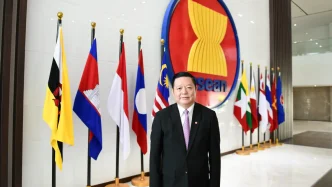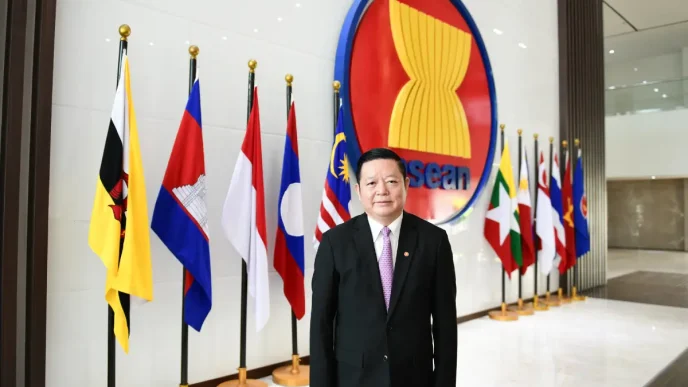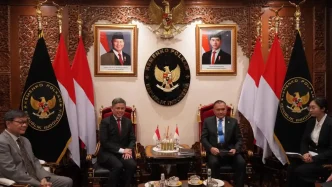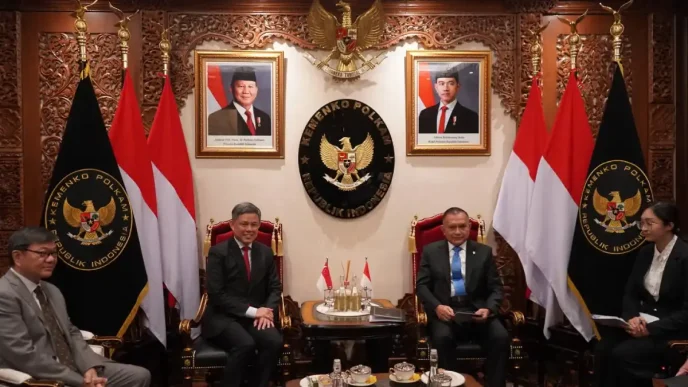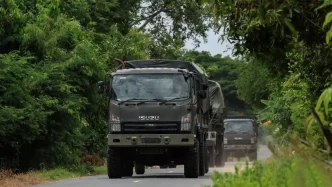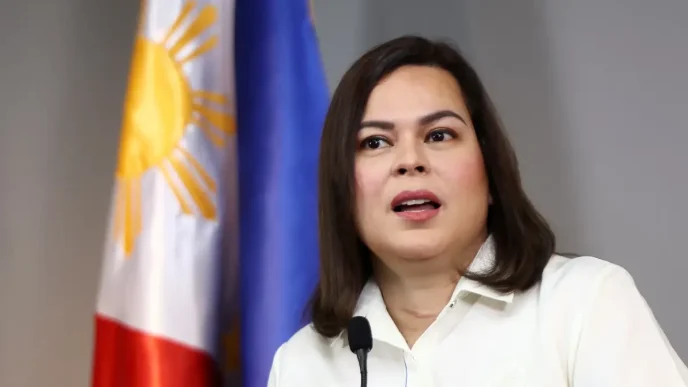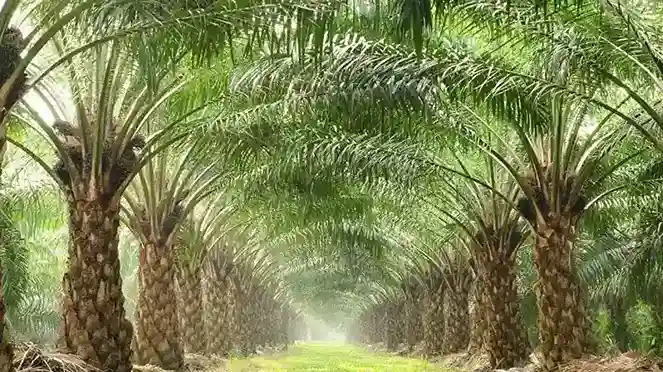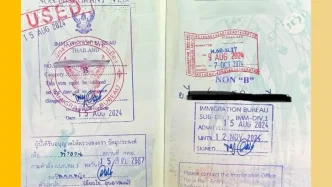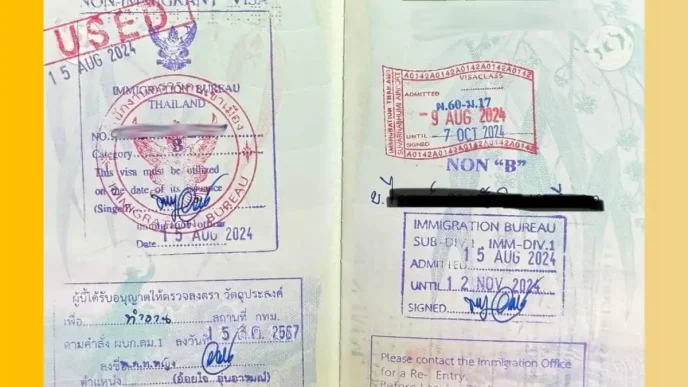In a decisive move to shield local farmers from plummeting rice prices, President Ferdinand Marcos Jr. has ordered a 60-day suspension of rice imports starting September 1, 2025. The directive, announced on August 7, 2025, comes as Filipino farmers grapple with farm-gate prices for palay (unmilled rice) dropping to as low as 8 to 10 Philippine Pesos per kilo (~US$0.14 to US$0.18), well below the production cost of 12 to 14 Pesos per kilo (~US$0.21 to US$0.25). With global bumper harvests and cheaper imports flooding the market, the government hopes this temporary ban will stabilize prices and provide much-needed relief to the agricultural sector.
A Response to a Harvest Crisis
The suspension of rice imports was issued following consultations with Cabinet members during President Marcos’s state visit to India from August 4 to 8, 2025, and on the recommendation of Agriculture Secretary Francisco Tiu Laurel Jr. The Presidential Communications Office (PCO) confirmed the decision, with Secretary Dave Gomez stating that the measure aims to protect farmers during the current harvest season. This follows reports from the Department of Agriculture (DA) highlighting the severe impact of imported rice on local markets, where private traders have been purchasing palay at rock-bottom prices due to an influx of cheaper foreign supply.
The Philippines, one of the world’s largest rice importers, has seen imports reach 2.44 million metric tons (MT) as of July 31, 2025, a slight decline of 4 percent from 2.5 million MT in the same period last year, according to the Bureau of Plant Industry. However, the global rice market dynamics, including the lifting of India’s export ban and a record domestic production of 9.08 million MT of palay in the first half of 2025, have intensified downward pressure on prices. This has left many Filipino farmers struggling to cover their costs, prompting urgent government intervention.
Tariff Debate and Policy Dilemmas
While the import suspension marks a significant step, President Marcos has deferred a decision on the DA’s proposal to raise tariffs on imported rice from the current 15 percent back to 35 percent. In June 2024, Marcos signed Executive Order No. 62, slashing tariffs to 15 percent until 2028 to curb retail rice prices and combat food inflation. This rate is subject to review every four months, but Gomez noted that the President believes it is premature to discuss tariff hikes at this stage. The government will assess the impact of the import ban before considering further measures.
Agriculture Secretary Tiu Laurel emphasized that the DA would closely monitor the effects of the two-month suspension on both the industry and retail markets. If the ban successfully boosts farm-gate prices and improves farmers’ incomes, a tariff increase may not be necessary. The logic behind a potential tariff hike is clear: higher duties would raise the cost of imported rice, making local produce more competitive. However, balancing the interests of farmers with consumer access to affordable rice remains a complex challenge for policymakers.
Stakeholder Reactions: Support and Skepticism
The decision to halt rice imports has elicited a spectrum of responses from industry stakeholders, reflecting the intricate web of interests in the agricultural sector. Danilo Fausto, president of the Philippine Chamber of Agriculture and Food Inc., welcomed the ban but criticized its delayed implementation, arguing that an immediate suspension could have prevented further price declines. His support underscores a broader concern among advocates for local agriculture who see imports as a direct threat to farmers’ livelihoods.
Conversely, Raul Montemayor, national manager of the Federation of Free Farmers, described the measure as “too little, too late.” In a statement shared via messaging platforms, Montemayor warned that importers might simply expedite shipments before the September 1 deadline, undermining the ban’s effectiveness. He also suggested that without a simultaneous tariff increase, excess supply could continue to depress prices, and questioned whether the suspension complies with World Trade Organization rules, which limit quantitative restrictions unless justified by specific conditions beyond seasonal harvests.
Jayson Cainglet, executive director of Samahang Industriya ng Agrikultura, echoed these doubts, asserting that the suspension offers no real benefit to farmers while the 15 percent import duty remains in place. He predicted that traders would adjust shipment schedules to avoid the ban period, leaving palay prices stagnant and farmers facing ongoing losses. These critiques highlight a central tension in the policy: while the government aims to protect farmers, the mechanisms chosen may not fully address the structural issues driving price volatility.
Broader Implications for Food Security
Beyond immediate price concerns, the rice import suspension raises questions about food security and market stability in the Philippines. Speaker Martin Romualdez, a key figure in Congress, urged government agencies to use the 60-day window to tackle rice hoarding and price manipulation. He also called on the DA and the Bureau of Customs to ensure that existing rice stocks are distributed efficiently and sold at affordable rates, addressing consumer needs alongside farmer protections.
The rice sector is a cornerstone of the Philippine economy, employing millions and serving as a staple food for the population. Yet, the country’s reliance on imports to meet domestic demand—coupled with vulnerability to global price fluctuations and export policies of major suppliers like India—has long posed challenges. The current crisis underscores the difficulty of achieving self-sufficiency in rice production, a goal that successive administrations have pursued with varying degrees of success. The record domestic harvest in 2025 is a positive sign, but without structural reforms to enhance productivity and market access for farmers, temporary measures like import bans may only offer short-term relief.
Global Context and Regional Comparisons
The Philippines’ struggles with rice pricing are not unique in Southeast Asia, a region where agriculture remains a vital yet often precarious livelihood. Neighboring countries like Vietnam and Thailand, major rice exporters, have also faced challenges balancing domestic needs with export-driven economies. Vietnam, for instance, has implemented policies to support farmers through price stabilization funds, while Thailand has historically used government stockpiling to manage supply and prices. These approaches offer potential lessons for Manila, though they come with their own trade-offs, including fiscal burdens and market distortions.
Globally, the bumper harvests of 2025 have created a surplus that benefits importing nations with lower prices but disadvantages farmers in producing countries. India’s decision to lift its rice export ban has further flooded markets, intensifying competition for local growers in nations like the Philippines. Navigating this landscape requires not only domestic policy adjustments but also diplomatic efforts to secure favorable trade terms and buffer against external shocks.
Looking Ahead: A Sustainable Path?
As the 60-day rice import suspension unfolds, its impact on farm-gate prices, retail markets, and overall food security will be closely watched. For Filipino farmers, the measure represents a glimmer of hope amid a challenging harvest season, yet skepticism from industry leaders suggests that deeper reforms may be needed to address systemic issues. The government faces the delicate task of protecting agricultural livelihoods without alienating consumers or violating international trade commitments.
President Marcos’s administration has signaled a willingness to adapt, with periodic reviews of tariff rates and import policies providing flexibility. However, the broader question remains: can the Philippines forge a sustainable path toward rice self-sufficiency, or will it continue to grapple with the push and pull of global markets? As the September 1 deadline approaches, the stakes for farmers and policymakers alike could not be higher.





